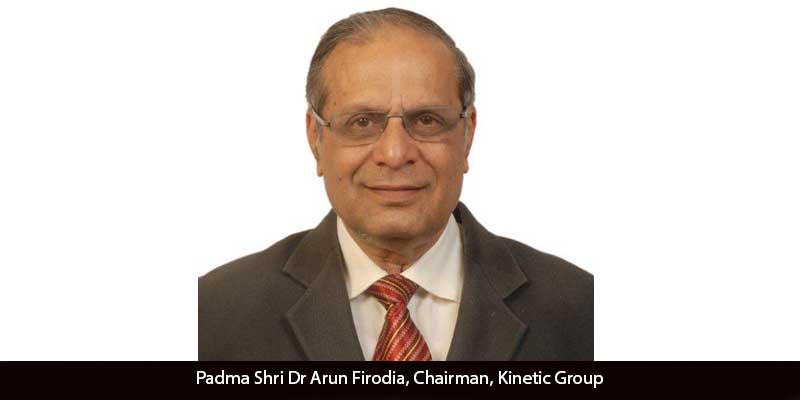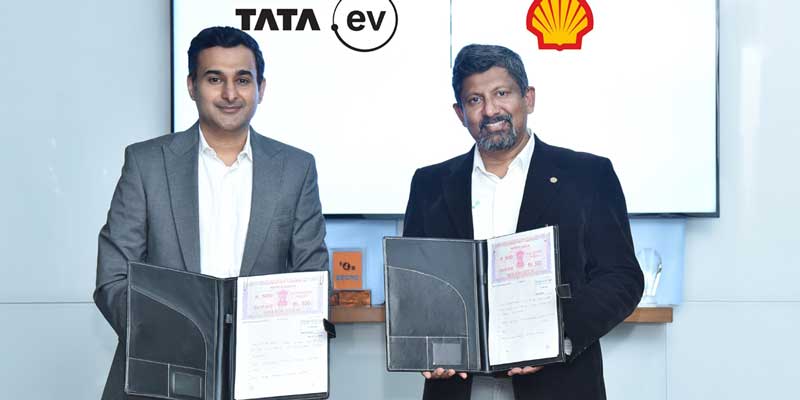Schedule a Call Back
An integrated approach to create a resilient supply chain
 Articles
Articles- Apr 05,24

Related Stories

Waste pooling collaboratives for profitable circular economy
Waste reduction is one of the key steps towards sustainability. Companies opt for recycle, reuse and refurbish waste to create value. Here, R Jayaraman explains the concept of waste pooling collabor..
Read more
India: An emerging manufacturing hub
The contribution of the ‘industry’ sector – which includes manufacturing, mining and quarrying and allied industries – has been consistently around 25 to 30 percent in the last ten years, sa..
Read more
An integrated approach to create a resilient supply chain
In this concluding article of the 3-part series, R Jayaraman explains the importance of adopting an integrated approach for creating a resilient supply chain (RSC).
Read more













